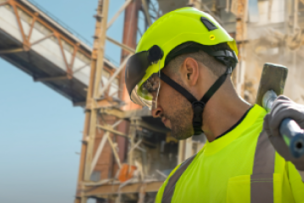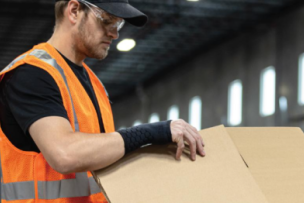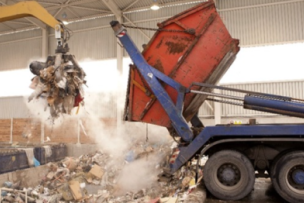What Are the Symptoms of Welder’s Flash?
Many people who experience welder’s flash say their eyes are gritty or their eyelids are like sandpaper.
“Right away, you feel dryness, maybe teary-eyed,” Schrank says. “Within a few hours, you can feel like there’s sand in your eyes.”
Other symptoms of welder’s flash include pain, blurriness, tearing, swelling, light sensitivity and headaches. Temporary vision loss or color changes in vision are rare.
Related: How Advances in Welding Glove Technology Are Improving Comfort, Dexterity and Safety
Are Welder’s Flash, Arc Eye and Photokeratitis the Same?
Welder’s flash, arc eye and photokeratitis are all names for the same condition.
You might hear a doctor refer to photokeratitis, which is the technical term for welder’s flash. Skiers and snowboarders may know it by another name: snow blindness.
What Is the Care for Welder’s Flash?
If you experience welder’s flash, it’s a good idea to get checked out by on-site medical personnel. “Depending upon the severity of the burn, it may require going to see a doctor about it,” says Rob Bittner, senior director of strategic sales at SureWerx, manufacturer of Jackson and Sellstrom safety products.
The U.K.-based College of Optometrists recommends cold compresses to reduce pain and swelling, rest with eyes closed, and sunglasses to minimize strain on the eyes during recovery. An ophthalmologist or optometrist may prescribe artificial tears, ointments or pain relievers. Avoid rubbing the eyes while they heal.
“You want to try to keep that individual away from really lit areas,” Bittner says. “You want to be in darker areas so there’s not a lot of pressure or sensitivity being put on the eye.”
People with welder’s flash may have to miss work to go to appointments and recover.
How Long Does Welder’s Flash Last?
Much like a sunburn on the skin, welder’s flash gets better as the body begins to heal from the damage caused by the UV light.
Symptoms of welder’s flash usually start in six to 12 hours after exposure and go away in a day or two, although light sensitivity and blurring may take longer to resolve.
Can Welder’s Flash Cause Blindness?
A single instance of welder’s flash is temporary. But the more your eyes are exposed to intense UV light, the greater your risk of developing cataracts, eye cancer or macular degeneration later in life, according to the American Optometric Association. Any of these serious eye conditions can lead to vision loss or blindness.
How Can Welder’s Flash Be Prevented?
Here’s some good news: Welder’s flash can be prevented by wearing proper personal protective equipment (PPE) and working safely in welding environments. Welding PPE has come a long way in recent years, thanks to technological improvements and unique styles.
A primary source of protection for welders, welding helmets work by filtering out the UV light from a welding arc as well as darkening the worker’s view of the arc to avoid extreme brightness.
Passive filters are one shade. A worker flips the visor up to prepare for the weld and flips it down to strike the arc. When tack welding, for example, a worker might repeatedly flip the visor during a shift.
Auto-darkening filters automatically sense the light and adjust the shade accordingly. “It’s light, so you can see what you’re doing, and then when you strike an arc, it goes dark, and after, it comes back to light,” Schrank says. “They don’t have to flip it up.”
Welders aren’t the only people who can be affected by welder’s flash. Anyone near a welding arc should be wearing protection.
“I’ve seen a few end users who, when you’re walking through their facility, give you a shade 3 or shade 5 safety glass rather than a generic safety glass,” Bittner says. “They understand welding is going to be done, and they’re keeping folks protected even if they’re just walking by.”
Read more: Welding Fume: A Few Important Things to Consider
What Welding PPE Is Right?
As with most PPE, the right product depends on the application.
Filter shade is one factor to consider. For instance, welding thick metal with high power may require a darker shade than welding thin metal with low power. “Being aware of the limitations of the PPE is important, as some helmets may not span the full range of shades,” Schrank says.
Helmet features are another consideration. Besides auto-darkening filters, some products integrate hearing and breathing protection, and clear visors for nonwelding tasks.
“You could have a welder who is just doing welding. Their job is to put two pieces of metal together, pass it on, and someone else finishes it up. All they really need is a welding helmet,” Schrank explains.
On the other hand, someone doing heavy-duty welding and grinding would need more. “A system that will have a welding filter out front but then you can flip it up to a big grinding visor, that keeps them in their system at all times,” he continues.
“There are a lot of pieces that tie into what makes a good helmet,” he says. “Having a product that really meets the welder’s specific needs is going to entice them to wear it more often.”





Talk to Us!
Leave a reply
Your email address will not be published. Required fields are marked *